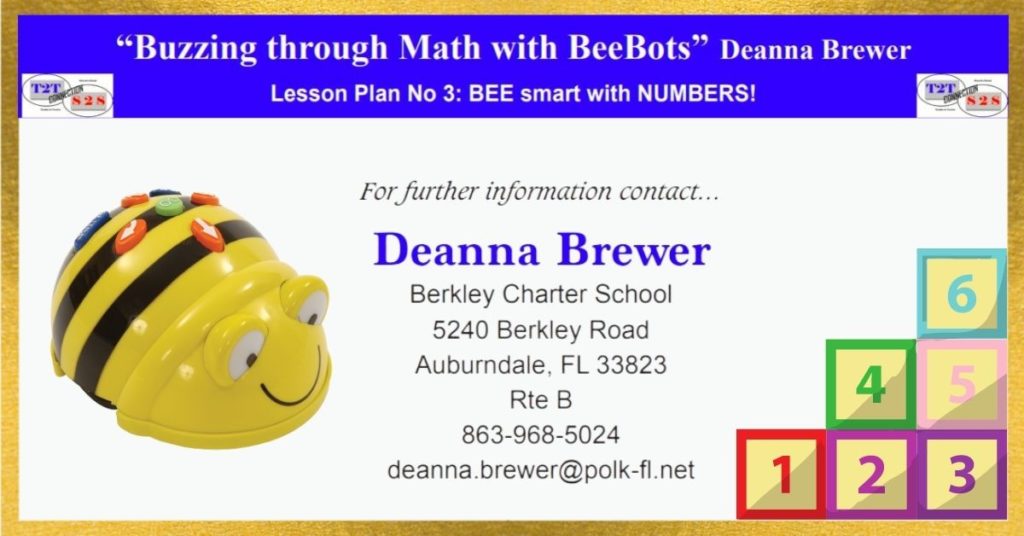Bee-Bot Playbook
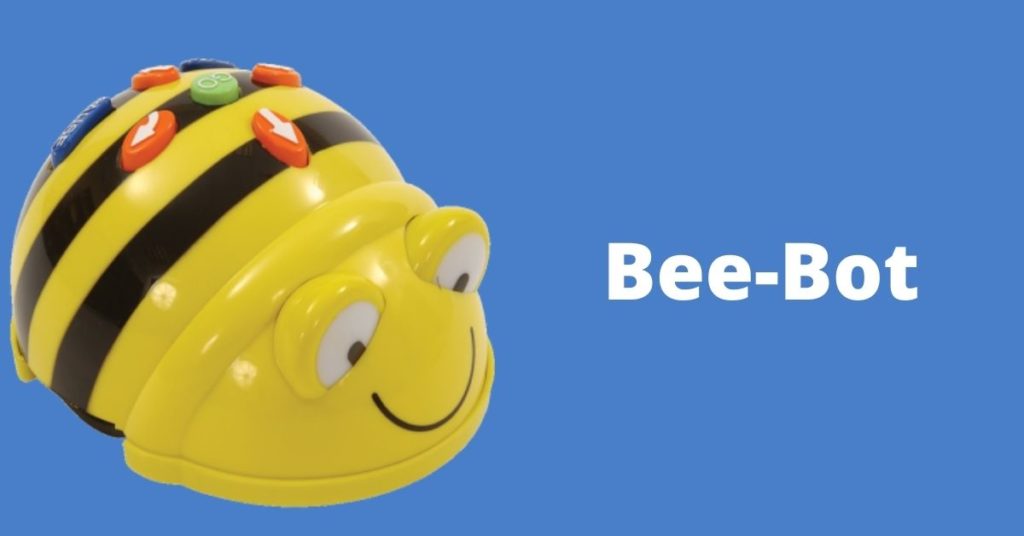
Instructional Videos
Playlist
Use the video as an introduction on how to begin the initial stages of programming the Bee-Bot to move.
Check out Karen North’s Edublog: Computer Science K-8
Download her 6 Bee-Bot Activities from the 1st Edition of No Fear Coding found on pages 52-59.
Watch Della Larsen explain how she uses Bee-Bots to teach students math and literacy in grades K5-1st. She teaches in an urban district and focuses on the engagement and critical thinking that occurs when using these early learning physical computing devices.
Watch Bill Vacca’s video on how to use Bee-Bots to introduce coding skills and problem solving in K-2 classrooms. This video focuses on the importance of reviewing and editing their code.
Teaching Resources
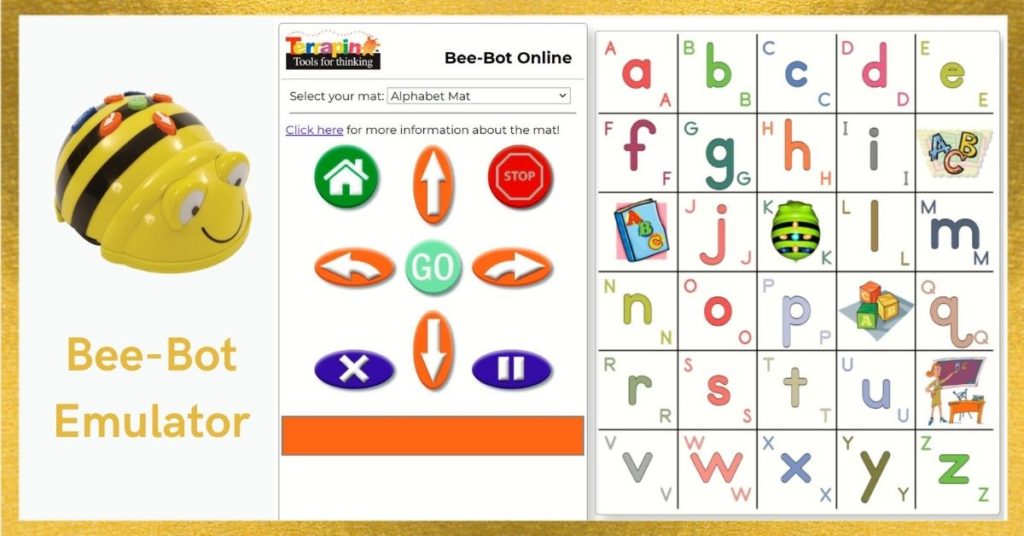
Bee-Bot Emulator: A Virtual Mat
Looking for virtual lesson plans? This emulator allows students to code Bee-Bots on a virtual mat. Students can select from alphabet, number, coins, and a variety of other mats.
Bee-Bot Instruction Cards
For visual learners, it helps to print out these arrow cards and provide them to students as they lay-out their sequence (algorithm) of instructions.
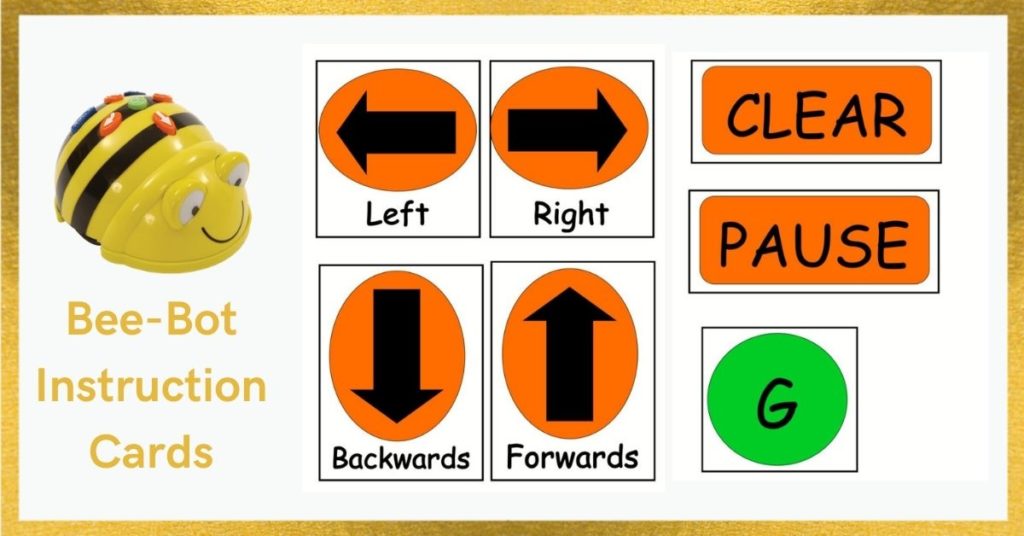
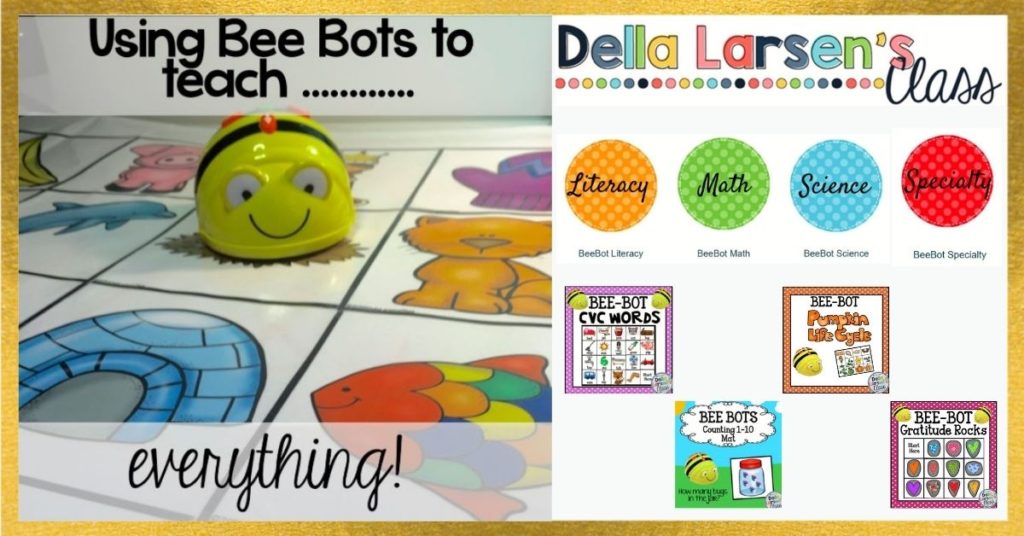
Bee-Bot Instructional Mats
Check out Della Larsen’s Bee-Bot mats. This resource was highlighted in No Fear Coding: Computational Thinking Across the K-5 Curriculum.
Lesson Ideas
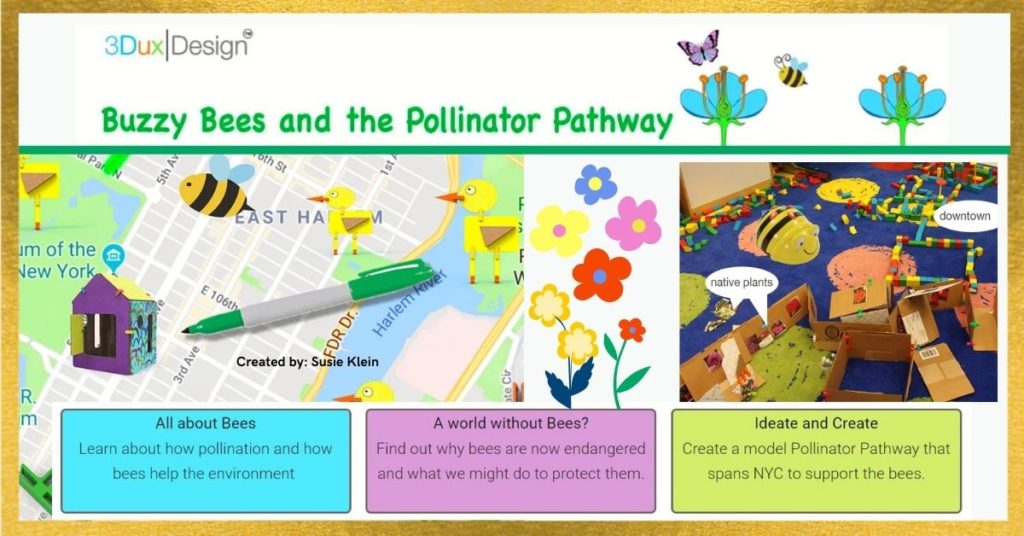
Download Lesson Plan: Busy Bees & the Pollinator Pathway
Learn about how pollination and how bees help the environment.
Find out why bees are now endangered and what we might do to protect them and create a model Pollinator Pathway.
Download Lesson Plan: Bee Great With Money
(a) Identify the value of coins and paper currency. (b) Compute the value of any combination of coins within one dollar.
Construct a simple program using tools that do not require a textual programming language.
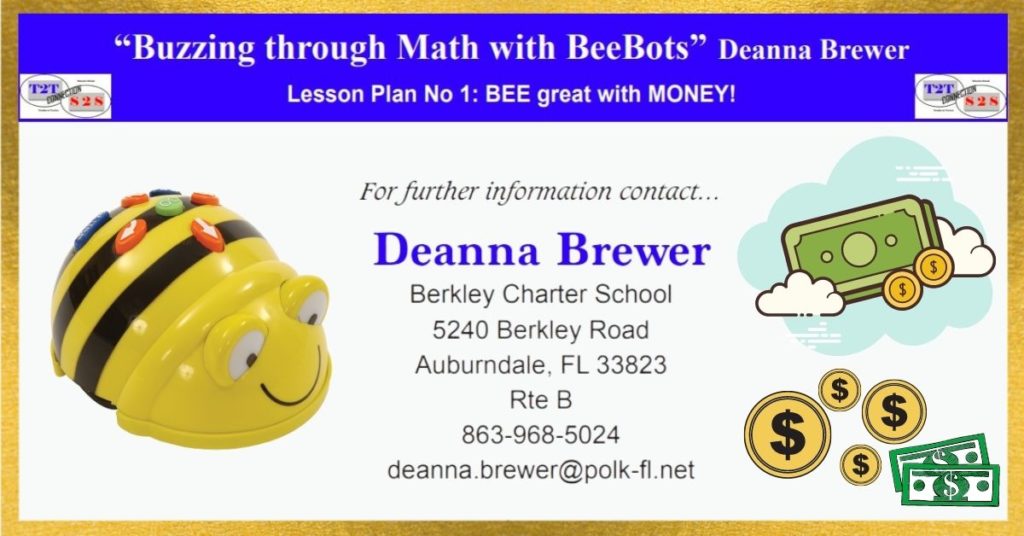
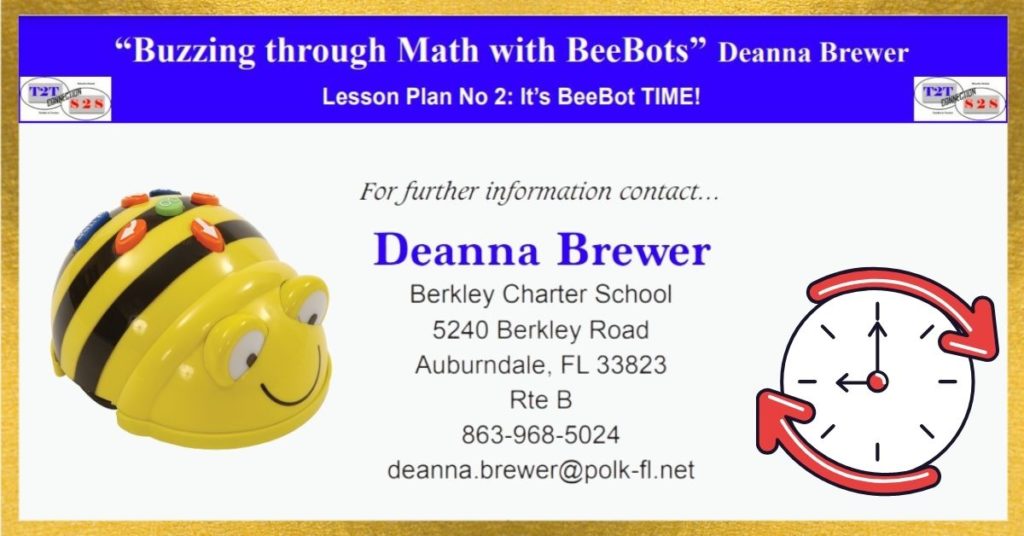
Download Lesson Plan: It’s BeeBot TIME!
Tell and write time from analog and digital clocks to the nearest five minutes.
Construct a simple program using tools that do not require a textual programming language.
Download Lesson Plan: BEE smart with NUMBERS!
Understand that the three digits of a three-digit number represent amounts of hundreds, tens, and ones.
Construct a simple program using tools that do not require a textual programming language.
